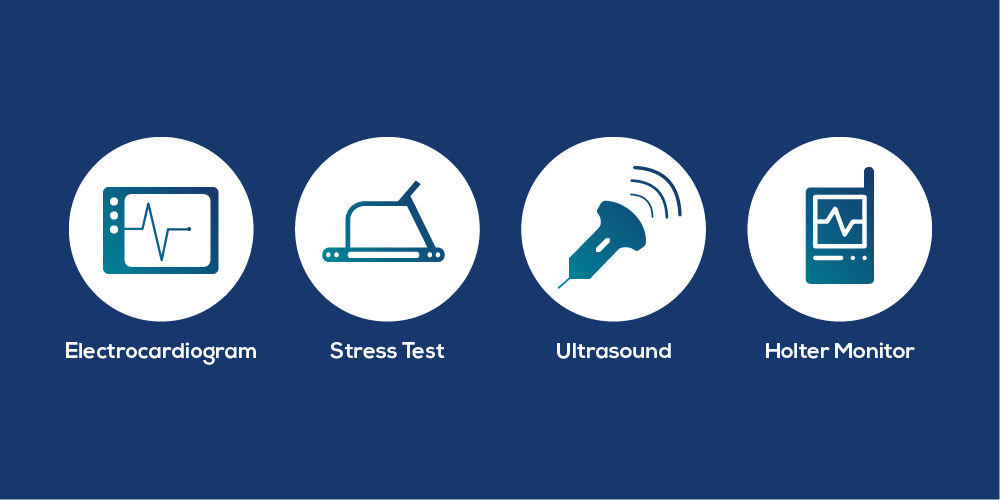What is World Heart Day?
The World Heart Day campaign encourages communities to take initiative and be proactive in their heart health. The campaign focuses on CVD, also known as cardiovascular disease, which remains the world’s leading cause of death. The campaign’s creators, the World Heart Federation, work alongside their global partners Pfizer, AstraZeneca, Boehringer Ingelheim, and Lilly alliance to fight against the global disease and reduce the CVD burden.
What is CVD?
CVD, or cardiovascular disease, refers to any disease of the heart, blood vessel, or vascular disease of the brain. This encompasses conditions such as heart disease, heart attack, stroke, heart failure, and arrhythmia.
How Are CVD Patients Affected by COVID-19?
CVD patients are particularly vulnerable to COVID-19 due to their underlying health conditions. CVD patients are also more likely to develop a severe case of COVID-19. In fact, underlying cardiovascular comorbidities in COVID-19 patients are known to be associated with a high mortality rate.
Because of these increased risks, CVD patients need to be especially mindful and proactive about maintaining or improving their heart health.
CVD Non-Invasive Testing Methods

Various testing methods are utilized to diagnose CVD. Some of the common non-invasive tests include electrocardiograms, stress tests, ultrasounds, Holter monitors, and event recorders.
Electrocardiogram
An electrocardiogram, or ECG, is used to identify abnormalities such as atrial fibrillation and heart attacks.
Stress Test
Echocardiogram Stress Test
An echocardiogram stress test is used to understand and record how the patient’s heart reacts under physical strain. This test incorporates an echocardiogram and exercise machine such as a treadmill or bike.
Nuclear Stress Test
A nuclear stress test is similar to an echocardiogram stress test. However, during a nuclear stress test, the heart is scanned using a nuclear camera after an injection of radionuclide material. This test determines the amount of blood the heart receives when resting and when under stress.
Ultrasound
Echocardiogram
An echocardiogram uses ultrasound technology to determine the size, structure, and movements of different parts of the heart.
Carotid Ultrasound
A carotid ultrasound is used to evaluate if the patient is at risk for a stroke by generating images of the patient’s arteries.
Abdominal Ultrasound
An abdominal ultrasound is used to screen for potential abdominal aortic aneurysms by supplying images of blood flow through the patient’s abdominal aorta.
Holter Monitor
Holter monitors are worn by the patient for 24-48 hours and are used to detect arrhythmias that might not have shown on a short ECG exam.
The Importance of CVD Prevention Techniques
Healthy heart habits are more important now than ever for CVD patients. This World Heart Day, the World Heart Federation encourages patients to make lifestyle changes in order to decrease their risk.
Some modifiable risk factors include:
- Physical inactivity
- Unhealthy diet
- Raised blood pressure
- Tobacco use
- High cholesterol
- Obesity or being overweight
CVD patients should also take these extra steps to protect themselves from COVID-19 and decrease their risk of worsening their heart condition:
Maintain Social Distancing
CVD patients should take special care in maintaining social distancing when exercising outdoors or in other public settings.
Cover up to Protect Others
Use face coverings to help decrease the spread of COVID-19 in your community to lessen your risk of contracting the virus.
Seek Medical Advice Early
Call doctor if you have a fever, cough, troubles breathing, or if you develop new or worsening symptoms related to CVD
Works Cited
“Cardiovascular Diseases (CVDs).” World Health Organization, World Health Organization, www.who.int/news-room/fact-sheets/detail/cardiovascular-diseases-(cvds).
“CVD & COVID-19.” World Heart Day, www.world-heart-federation.org/world-heart-day/cvd-covid-19/.
Nishiga, Masataka, et al. “COVID-19 and Cardiovascular Disease: from Basic Mechanisms to Clinical Perspectives.” Nature News, Nature Publishing Group, 20 July 2020, www.nature.com/articles/s41569-020-0413-9.
“Our Global Partners.” World Heart Day, www.world-heart-federation.org/world-heart-day/world-heart-day-2020/global-sponsors/.
“Staying Active During the COVID-19 Pandemic.” Staying Active During the COVID-19 Pandemic – Minnesota Department of Health, www.health.state.mn.us/communities/physicalactivity/covid19.html.
UCSF Health. “Diagnosing Heart Disease.” Ucsfhealth.org, UCSF Health, 19 Aug. 2020, www.ucsfhealth.org/education/diagnosing-heart-disease.
“What Is CVD?” World Heart Day, www.world-heart-federation.org/world-heart-day/world-heart-day-2019/cvds/.
“What Is World Heart Day?” World Heart Day, www.world-heart-federation.org/world-heart-day/about-whd/.






